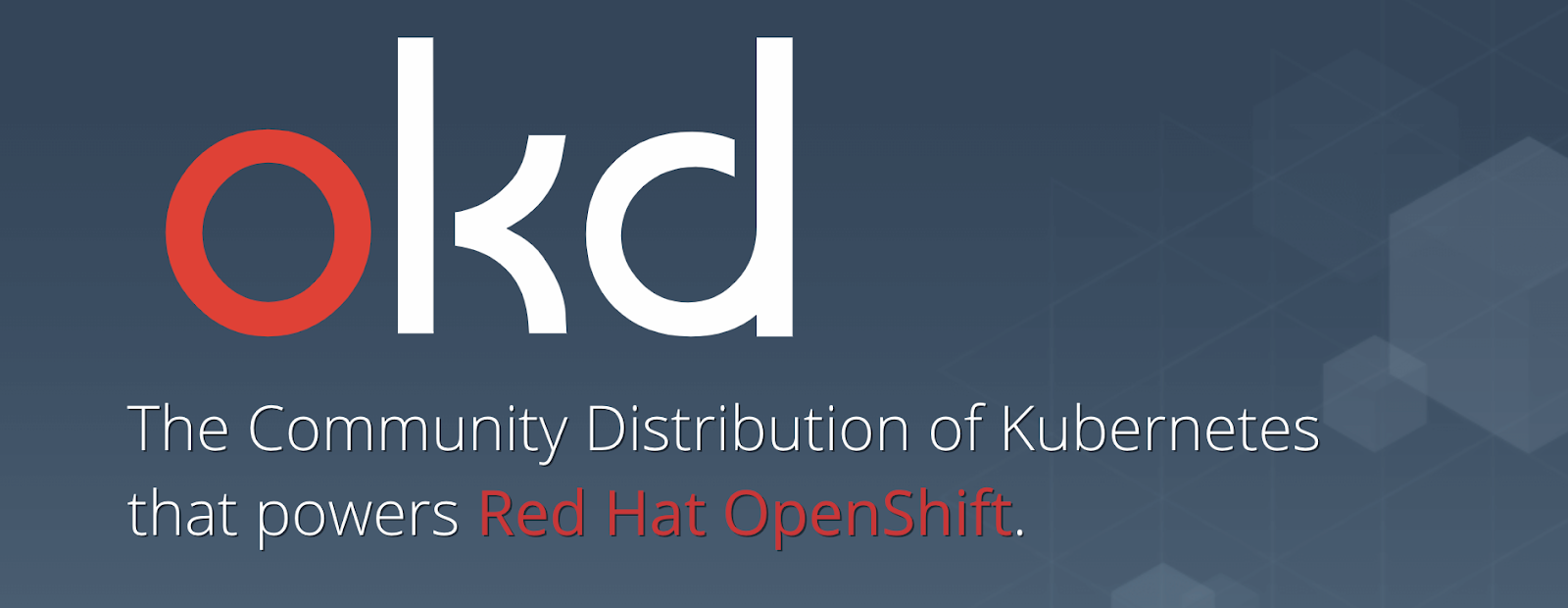
Red Hat reaffirms its commitment to open source and open collaboration with the Kubernetes development communities and other cloud-based initiatives.
The origins of OKD
When Red Hat first launched Origin as an open source upstream version of OpenShift in April 2012, it was hard to imagine how fast and successful the development of cloud-based technologies would be. The following years will be remembered for the rise of containers, the creation of OCI and Fedora CoreOS, and the recent move of the Operator Framework under the CNCF roof. Without these innovative technologies and the communities in which they were created, OKD4 would have been impossible.
During the release of the third version, OKD acted as a stable foundation for the OpenShift Container Platform, playing the role of an upstream distribution based on community components such as CentOS, Project Atomic and others. With the advent of Universal Base Image, the relationship between OKD and OCP changed: the upstream-downstream format was replaced by what we call "sibling distributions". Images are now built on top of RHEL7 and can be distributed simultaneously for both OKD and OCP without any rebuilding. As a result, it allows both distributions to receive updates, including RHEL7 security fixes, and also provides a stable base for Red Hat Enterprise Linux.

OpenShift 4.x focuses on high availability, observability, and seamless upgrade. With the release of OKD 4, the community not only gets automatic access to these features, but also the ability to influence the development of the platform (through the repository process of improvements), as well as space for experimentation, discussion and knowledge sharing. The Operators pattern, widely used in OKD 4, allows users to efficiently maintain clusters throughout their lifetime.
Release features
OKD4 uses Fedora CoreOS as the base OS for its nodes, providing a cluster with the latest security fixes, new features (like cgroups v2), and updated software. OKD4 uses the same images as the corresponding version of the OpenShift Container Platform. Therefore, the community can fully participate in the development of the system and modify any part of the cluster to achieve certain goals.
At the same time, the cluster retains its familiar OKD3 features: it can be installed in the user environment, configured to your liking and updated.
How OKD differs from OCP
OKD4 has a number of important differences from OCP:
First, as a community distribution, it does not need a pull secret from the site https://openshift.com/try . All OKD4 images are available without additional authentication. The base OS image for OKD4 is downloaded from https://getfedora.org/en/coreos/download/ . However, for some optional operators from the operatorhub.io site, the pull secret is still required, so by default OKD4 installs the source code only with community operators, see the FAQ for details .
Second, OCP is a distinct Kubernetes distribution with a focus on high availability and production workloads. Hence the limitations on cluster configuration - for example, single master configurations are not supported. In turn, OKD4 easily allows you to create such configurations for the same development or test stage environments. Although such clusters cannot then be upgraded to the next version.
New OKD4 nightly releases are created after OCP is tested under our CI system. Every two weeks, we will be moving the nightly release to the stable channel so that users can get updates to the latest and tested code without switching channels.
How to get started with OKD4
OKD4 is as easy to install as OCP4, see Getting Started for instructions .
OKD documentation is available at docs.okd.io
To report bugs on the OKD Github Repo at https://github.com/openshift/okd
Technical support is available here: # openshift-users channel on Kubernetes Slack
Already using OKD?
In this case, please take five minutes to complete the OKD Adoption Questionnaire to help the OKD team plan for the future development of the project and better understand the nature of the workloads for which it is being applied!
Get involved in work
On the OKD.io community site, you can download the latest release, see the key upstream projects we are working on, get to know our end users and workloads that OKD is used for, and find links to the latest information resources.
The OKD Working Group meets twice a week to discuss the current status and next steps in development. Meeting times and locations are tracked in the openshift / community repo.
The agenda and details of upcoming meetings can be found here: https://github.com/openshift/community/projects/1
Russian-speaking OpenShift community on Telegram:
https://t.me/ru_openshift
Join our ranks
The OpenShift Commons community has over 590 member organizations that are collaborating on OpenShift. The community is open to everyone: users, operators, businesses, startups, non-profit organizations, educational institutions, partners and service providers.
- OpenShift Commons Registration Page
- Past and upcoming community events
- OpenShift Commons Community List